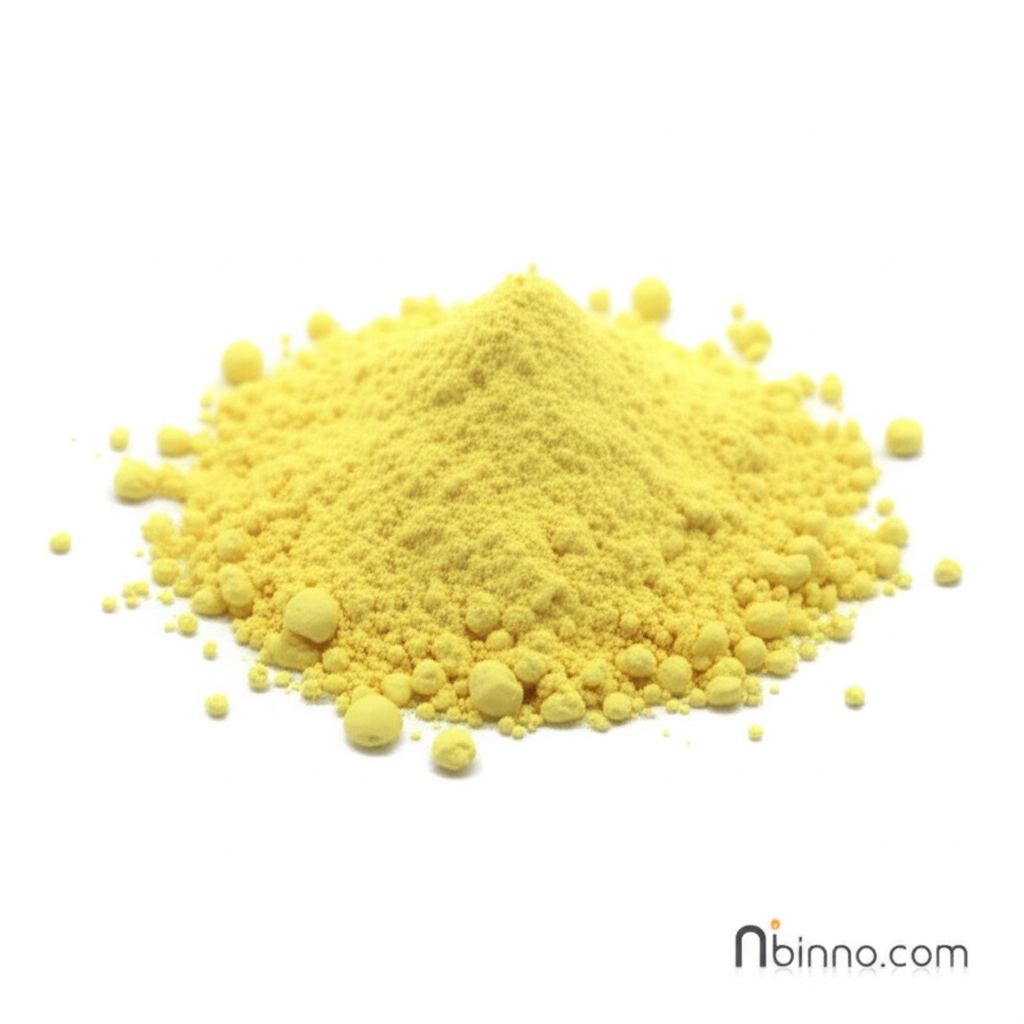Unlocking the Potential of 6-Oxo-1H-pyridine-2-carboxylic Acid in Chemical Innovation
Discover the synthesis, properties, and diverse applications of a key pyridine intermediate.
Get a Quote & SampleProduct Core Value

6-Oxo-1H-pyridine-2-carboxylic acid
This compound is a versatile molecule with significant utility in chemical synthesis and research. Its ability to undergo enol-keto tautomerism and act as a chelating ligand makes it valuable in various applications, from the development of new materials to understanding complex biological degradation pathways.
- The synthesis of 6-oxo-1H-pyridine-2-carboxylic acid can be achieved through various methods, including microbial hydroxylation of picolinic acid, offering an environmentally conscious route.
- As a key intermediate in the microbial degradation of picolinic acid, its study provides insights into bioremediation processes for nitrogen-containing heterocycles.
- Its chelating properties, particularly the N,O-chelation, make it a valuable ligand for coordination chemistry, leading to novel materials with potential catalytic or luminescent applications.
- Computational studies, employing DFT methods, help elucidate its tautomeric behavior and the energetics of intramolecular proton transfer, aiding in a deeper understanding of its chemical nature.
Advantages You Gain
Versatile Chemical Intermediate
Its dual functionality as a carboxylic acid and a hydroxylated pyridine derivative makes it a crucial building block for more complex organic molecules.
Insight into Bioremediation
Studying its role in the microbial degradation of picolinic acid offers valuable information for developing strategies to clean up pyridine-contaminated environments.
Coordination Chemistry Applications
The chelating capabilities of this compound are leveraged in the synthesis of metal complexes, opening avenues in materials science and catalysis.
Key Applications
Chemical Synthesis
Used as a precursor in the synthesis of a wide range of organic compounds and heterocyclic systems.
Materials Science
Serves as a ligand in the formation of coordination polymers and metal-organic frameworks with potential functional properties.
Biochemical Research
Investigated for its role in microbial degradation pathways, offering insights into enzyme mechanisms and bioremediation.
Medicinal Chemistry Research
Its structural motif and reactivity are explored for the development of new compounds with potential biological activities.
